7000 Oaks and Counting
We leave a unique mark – a visual trace, a biological residue, or a data packet – in the spaces that we use daily. It is my goal as an artist to use information as material and content to increase public knowledge and awareness of hidden data.
Holmes’ art explores the intersection between artistic and scientific modes of information representation. Holmes’ creative practice is focused on using art andwriting to educate and inform the public about the conservation of ecological resources. She accomplishes this goal through several diverse practices and activities that include her blog web site http://www.ecoviz.org/ that profiles the work of artists and designers who are using dynamic environmental informationto promote ecological stewardship. Buildings breathe data. Our homes shelter technology that quietly counts in the background of our daily lives. We cook; we wash; we sleep. All the while, small electronic gadgets tally numbers that remain either inaccessible, or beyond our ability to interpret. For example, residential water meters are often hidden in dark basements. How many of us know how many gallons of hot water we use daily? As a media artist, Holmes is defining a new art form she calls eco-visualization. Eco-visualization involves the development of dynamic data-rich interactive interfaces that expose peopleto the potential implications of invisible and hidden ecological phenomenon and resource usage patterns.
Holmes’ project has been developed in collaboration with the National Center for Supercomputing Applications (NCSA) and is to be installed in their Illinois building. The ultimate goal of the public artwork is for the National Center for Supercomputing Applications (NCSA) building to become carbon neutral.
The title, 7000 Oaks and Counting, is homage to artist Joseph Beuys’ 7000 Eichen (7000 Oaks, 1982). Beuy’s installation involved the planting of 7000 oak trees to promote awareness of deforestation in Germany. Trees are the defining metaphor for the piece for multiple reasons. Perhaps least significant, the oak tree is the state tree of Illinois and the national tree of the United States of America. Most importantly, however, trees are public symbols of carbon sinks. The concept of carbon sinks is based on the natural ability of trees, other plants and the soil to soak up carbon dioxide and safely store the carbon in wood, roots, leaves and the soil though photosynthesis. 7000 oaks and counting will provide many levels of information that highlight “differences that make a difference.” In reality actions such as turning off lights and coffeepots and biking to work can do more in the long run for our climate than planting actual trees. The public art piece offers building residents the opportunity to combat carbon loads through selfdefined offsets. Offsetting occurs when someone pays someone else to reduce emissions of carbon dioxide on his or her behalf usually by planting trees or agreeing to wash clothing only in cold water.
7000 Oaks and Counting is composed of a sequence of animated clips using a series of tree images that correspond to the carbon loads in the building; though it takes some time to virtually “plant” or visualize 5600 trees. Occupants in the NCSA building are invited to make individual public commitments to reduce their own carbon footprint through a web form. After filling out a web form, the individual’s name is incorporated into the animation sequence and the carbon offset is applied immediately to the building’s total. One of the key issues in visualizing energy consumption data is the sheer scale of the numbers. A fairly average load for a large university building in the winter is 800 pounds of carbon added to the atmosphere by 5pm. To offset this amount via reforestation, 5600 trees must be planted. Trees are considerably easier to picture as opposed to 533-kilowatt hours. The animation brings a little of the outdoors inside: most individuals maintain positive feelings toward trees, particularly species that are familiar to them. If the building residents obtain this goal, the animation shows waves of concentric circles emanating from a central core as a metaphor for the holistic cooperation and collaboration by the building occupants.
No comments yet. Why not add the first?
Acknowledgements & Credits
The public art piece for NCSA has been made possible through the efforts of several persons. Keith Erickson, from the University of Illinois campus facilities management, has led the effort to interface between the artist and the utilities crews at NCSA; Nick Buraglio, an NCSA network engineer, provided technical support; and Michael Murray, from Lucid Design Group, consulted for the project.
Credits
Texts: All texts were written by the exhibition participants.
Editor: Pamela Jennings, Pittsburgh, PA (USA)
This work has been republished from the 2007 Exhibition 'Speculative Data and the Creative Imaginary: Shared Innovative Visions between Art and Technology' curated by Pamela Jennings As part of the ACM Creativity and Cognition Conference at at the National Academy of Sciences' headquarters at 2100 C St., N.W., Washington, D.C. The original exhibition catalogue can be found at: http://www.pamelajennings.org/PDF/NAS_Catalog.pdf
Exhibition Sponsors
Office of Exhibitions and Cultural Programs of the National Academy of Sciences presenting a program of exhibitions that explore relationships among the arts and sciences, engineering and medicine.
http://www7.nationalacademies.org/arts/
The 2007 Association for Computing Machinery Creativity and Cognition Conference held in Washington D.C. June 13th – 15th, 2007, exploring the theme of cultivating and sustaining creativity: understanding how to design and evaluate computational support tools, digital media, and socio-technical environments that not only empower our creative processes and abilities, but that also encourage and nurture creative mindsets and lifestyles.
http://www.cs.umd.edu/hcil/CC2007/
National Science Foundation Computer, Information Science and Engineering (CISE) Creative IT Program, exploring the synergies between creativity and information technology, science, engineering, and design research.
Copyright is held by the author/owner(s) of the text and images reproduced in this catalog
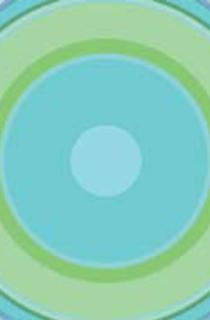
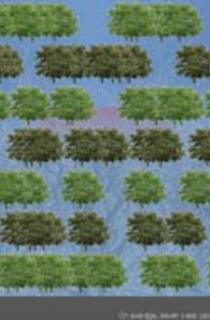
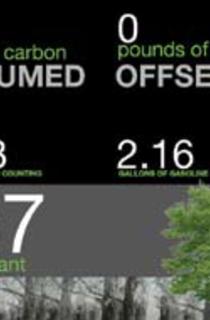
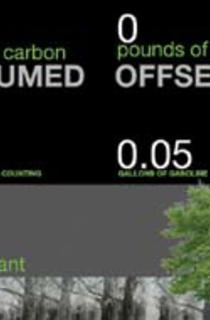
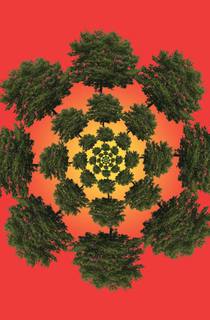
← Back to work
0 Comments